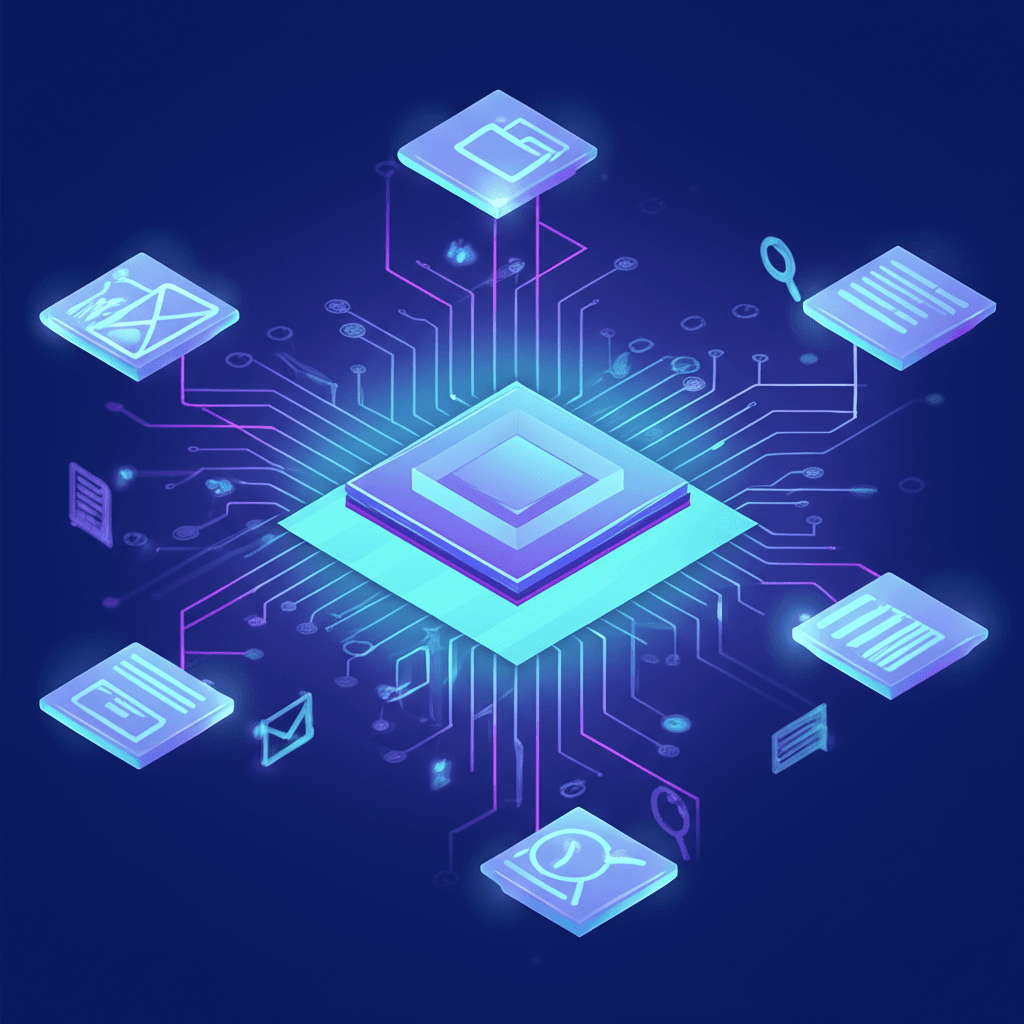Slack Integrates Native AI, Instantly Boosting Productivity by Hours Weekly
Transforming workflows, Slack embeds AI to automate tasks, summarize conversations, and centralize knowledge, saving users 97 minutes weekly.
July 18, 2025

In a significant move to redefine workplace productivity, Slack is embedding a suite of native artificial intelligence features directly into its popular collaboration platform. This initiative aims to transform the user experience by automating tasks, surfacing knowledge, and streamlining communication for millions of daily users. The new capabilities, collectively known as Slack AI, are designed to intelligently parse and act upon the vast amount of conversational data that flows through the platform, positioning Slack as a central, AI-powered hub for work. These tools are now available as a paid add-on for all of Slack's paid plans, signaling a major strategic push into the rapidly expanding market for enterprise AI.[1][2] According to an internal analysis, these AI features are already saving users an average of 97 minutes per week.[3]
The core of Slack's AI offering revolves around three principal functionalities: intelligent search, conversation summaries, and a daily recap feature.[3] The enhanced search allows users to ask questions in natural language and receive concise, personalized answers with direct citations to the relevant messages and files within Slack.[1] This enterprise search function extends beyond Slack conversations to include integrated applications like Google Drive, Box, and Microsoft Teams, allowing users to query a wide range of company knowledge from a single point.[4] To combat information overload, Slack AI offers on-demand summaries of channels and threads, enabling users to quickly catch up on long discussions.[5][3] Users can specify a time range for these summaries, ensuring they receive the most relevant highlights.[5] Building on this is the new daily recap feature, which delivers a morning digest of key activities in channels a user follows, with personalized recommendations for which channels to add based on their activity.[1][2]
Beyond summarization and search, Slack is weaving AI into other facets of its platform to further enhance productivity and collaboration. The AI can automatically generate meeting notes and highlight action items from Slack Huddles, the platform's audio and video chat feature.[6] A language translation feature is now generally available for Business+ and higher-tier plans, allowing multilingual teams to translate messages into their preferred languages with a click.[4] The AI is also set to create dynamic user profiles, offering insights into a team member's role and recent contributions, which is particularly useful in large organizations.[4][6] Furthermore, Slack Canvas, the platform's collaborative document tool, will benefit from an AI assistant capable of drafting documents and converting brainstorming sessions into structured project briefs.[4][6] Throughout the implementation of these features, Slack has emphasized user privacy and data security, stating that customer data will not be used to train new AI models and that the AI will only access information a user already has permission to view.[4][7]
The integration of these native AI tools is deeply connected with the capabilities of Slack's parent company, Salesforce, particularly its Einstein AI platform. Slack is building a native integration with Einstein Copilot, Salesforce's conversational AI assistant, which will allow users to query trusted customer data from within Salesforce's CRM directly in Slack.[8][3][9] This creates a powerful conversational interface where employees can interact with both unstructured conversational data from Slack and structured customer data from Salesforce. This synergy is central to Slack's vision of becoming an "agentic work operating system," where AI agents can perform complex tasks and automate workflows across different applications.[10] The platform already supports integrations with AI-powered apps from partners like Adobe, Asana, and Box, further extending its capabilities.[11] The pricing for Slack AI is set at $10 per user per month for Pro and Business+ plans, available as an add-on to the existing subscription.[1][12][13]
The introduction of native AI features solidifies Slack's position in the highly competitive landscape of workplace collaboration tools, where rivals like Microsoft Teams and Google Workspace are also heavily investing in AI.[14][15] By leveraging the immense repository of conversational data unique to each organization, Slack aims to provide a highly contextualized and intelligent user experience that general-purpose AI models cannot match.[3][7] This move addresses a common pain point for digital workers: the struggle to find necessary information scattered across various platforms.[3][16] The focus on automating routine tasks, such as summarizing discussions and extracting action items, is designed to free up employees for more strategic and high-impact work.[17][18] As businesses increasingly adopt hybrid and remote work models, the role of AI in streamlining communication and fostering efficient collaboration is becoming more critical.[17][19][20] Ultimately, Slack's foray into native AI represents a significant step toward a future where artificial intelligence is an integral and seamless part of the daily workflow, transforming how teams communicate, access knowledge, and measure productivity.
Sources
[3]
[5]
[9]
[10]
[11]
[12]
[13]
[14]
[16]
[18]